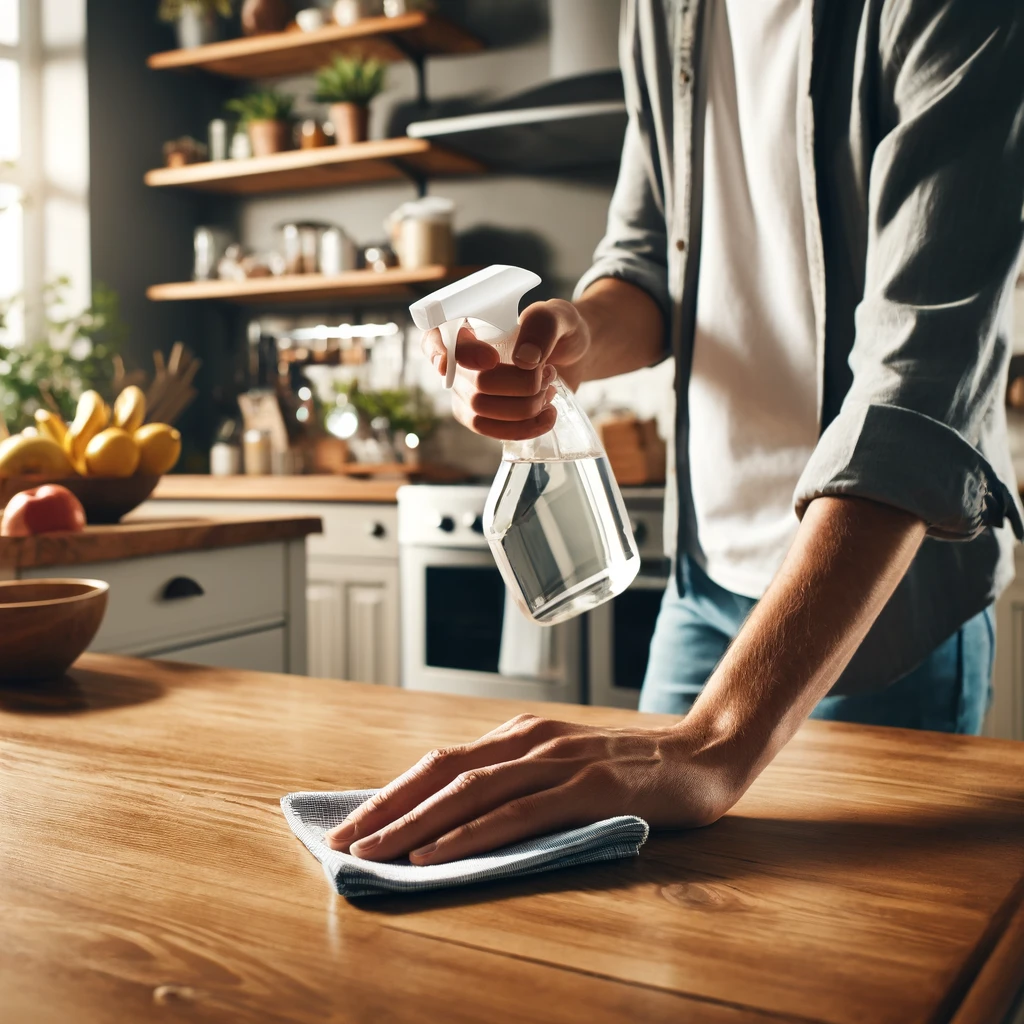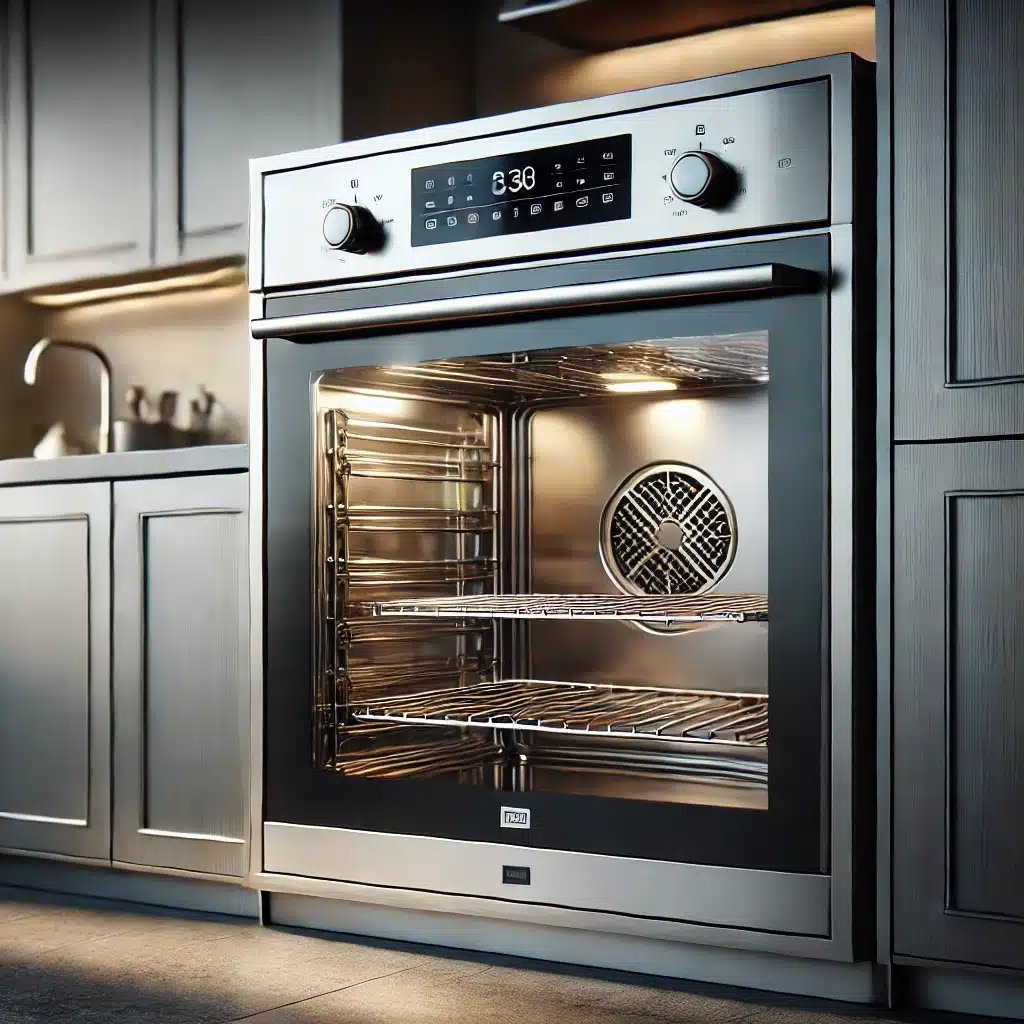Keeping your windows spotless can make a huge difference in the overall appearance of your home. Clean windows not only enhance your view but also let in more natural light, creating a brighter, more inviting space. Here are five top tips to ensure your windows are gleaming and streak-free.
1. Choose the Right Day
Cleaning windows might seem straightforward, but timing it right can make a significant difference in your results. Choosing a cloudy day is one of the best ways to clean windows effectively. When the sun is blazing, it can cause your cleaning solution to dry too quickly on the glass, leaving behind unsightly streaks and making the task more frustrating. On a cooler, overcast day, the solution stays wet longer, allowing you ample time to wipe it off properly and achieve a streak-free shine. This simple tip can turn a tedious chore into a more manageable and satisfying task.
The temperature outside also influences how well you can clean windows. On extremely hot days, the solution may evaporate almost as soon as it’s applied, especially if you’re cleaning exterior windows that are directly exposed to sunlight. This rapid evaporation not only makes it difficult to wipe off the cleaner effectively but also increases the likelihood of streaks. Mild temperatures, on the other hand, provide a perfect balance, ensuring your solution has enough time to break down dirt and grime before being wiped away. By planning your window cleaning on a moderate day, you can avoid these common pitfalls and ensure a clearer, more professional finish.
Additionally, weather considerations go beyond just avoiding streaks. Cleaning windows on a cloudy day also helps you see dirt and smudges more clearly, as the diffused light exposes imperfections better than harsh sunlight. This means you won’t miss any spots and can achieve a more thorough clean. Furthermore, working in cooler weather is more comfortable, allowing you to take your time and do a meticulous job without the discomfort of heat.

2. Gather the Proper Supplies
Having the right supplies is crucial for achieving those perfectly clean windows that make your home sparkle. One of the most important tools is a good set of microfiber cloths. These cloths are designed to avoid leaving lint behind and help ensure a streak-free finish. Microfiber is also excellent at picking up dirt and grime without scratching the glass, making it an indispensable item in your window cleaning arsenal. Using high-quality microfiber cloths can significantly enhance the cleanliness of your windows, leaving them clearer and shinier than ever.
Another key tool is a squeegee, especially if you’re dealing with larger windows. A squeegee allows you to clean windows more efficiently by providing an even, consistent swipe that removes cleaning solution and water in one go. This not only speeds up the process but also minimizes the risk of streaks and smudges. When choosing a squeegee, look for one with a comfortable handle and a rubber blade that’s in good condition. Replacing the rubber blade periodically ensures that the squeegee remains effective in delivering a streak-free clean, making your windows look professionally done.
In addition to microfiber cloths and a squeegee, having a good bucket and a reliable cleaning solution is essential. A bucket allows you to mix and carry your cleaning solution conveniently, ensuring you have enough on hand to tackle all your windows without constantly refilling. As for the cleaning solution, you can opt for a store-bought window cleaner or make your own. A popular homemade recipe involves mixing equal parts water and white vinegar with a few drops of dish soap. This mixture is both effective and economical, cutting through dirt and grease while leaving your windows sparkling clean.
3. Start with a Dry Dusting
Starting with a dry dusting is a crucial step in the process of achieving clean windows. Before you even think about applying any cleaning solution, it’s essential to remove the loose dirt and debris that can accumulate on the glass and window sills. Using a dry microfiber cloth or a duster, gently wipe down the entire surface. This initial step helps to prevent the dirt from turning into a muddy mess when it comes into contact with the cleaning solution. A thorough dusting sets the stage for a more effective and efficient cleaning process.
Dry dusting your windows also helps to protect the glass from potential scratches. Loose dirt particles can act like abrasive agents when mixed with a cleaning solution, causing tiny scratches on the glass surface. By removing these particles beforehand, you ensure that your windows not only look cleaner but are also better preserved over time. This proactive approach to window cleaning means less effort in the long run and helps maintain the integrity and clarity of your windows, enhancing their longevity and appearance.
Furthermore, focusing on the window sills and frames during the dusting process is equally important. These areas often collect a significant amount of dust and grime that can be easily overlooked. By paying attention to these spots, you prevent the spread of dirt onto the clean glass and create a more thorough and satisfying clean. Starting with a dry dusting allows you to tackle the actual washing stage more effectively, ensuring that when you finish, your windows are not just clean but gleaming from top to bottom.

4. Use the Right Technique
Using the right technique is essential for achieving truly clean windows. When applying your cleaning solution, it’s important to be generous. A liberal application ensures that the solution can effectively break down dirt and grime, making it easier to wipe away. Whether you choose a store-bought cleaner or a homemade mixture, spraying the solution evenly across the glass will help in covering every part of the window, preparing it for the next steps in the cleaning process.
Wiping down the windows correctly is another critical part of the technique. If you’re using a cloth, opt for a microfiber one and wipe in a circular motion to dislodge any stubborn dirt. This method helps in thoroughly cleaning the surface without leaving streaks. For those using a squeegee, start at the top corner of the window and drag it down in a straight line. This downward motion prevents water and cleaner from dripping back onto the cleaned areas. After each pass, wipe the squeegee blade with a clean cloth to avoid transferring dirt back onto the window. This ensures each stroke is as effective as possible, leaving the glass spotless.
Drying the windows properly is the final step to ensure no streaks are left behind. Using a fresh, dry microfiber cloth, carefully wipe away any remaining moisture. Pay special attention to the edges and corners of the window, as these areas are prone to retaining water. Drying the windows thoroughly not only prevents streaks but also helps to keep the glass looking clear and polished. By following these techniques, you can achieve clean windows that are free of smudges and streaks, enhancing the overall appearance of your home.
5. Don’t Forget the Frames and Sills
When cleaning windows, it’s essential to remember that the frames and sills are just as important as the glass itself. Neglecting these areas can result in a less-than-perfect overall appearance and could lead to issues like mold and mildew buildup. To ensure a comprehensive clean, start by using a damp cloth with a bit of your cleaning solution to wipe down the frames and sills. This step helps remove dust, dirt, and any other buildup that can accumulate over time. By giving attention to these often-overlooked parts, you ensure that your windows look pristine and well-maintained.
Cleaning the window frames and sills not only enhances the visual appeal but also contributes to the longevity of your windows. Dirt and moisture trapped in the frames can cause damage over time, leading to rot or deterioration. Regular cleaning helps to prevent these problems, keeping your windows in good condition for longer. After wiping down the frames and sills with a damp cloth, follow up with a dry cloth to remove any remaining moisture. This extra step ensures that the area is thoroughly clean and dry, further preventing any potential for mold growth.
Furthermore, clean windows, including the frames and sills, improve the overall air quality in your home. Dust and mold can be allergens that affect the health of your household. By maintaining these areas regularly, you reduce the risk of allergens accumulating and being released into the air. A clean environment is a healthier environment, and taking the time to clean every part of your windows contributes significantly to this.
Easy Clean Windows With Cleaning Hive!
Achieving clean windows doesn’t have to be a daunting task. With the right weather, supplies, technique, and attention to detail, you can enjoy sparkling windows that enhance the beauty of your home. Regular cleaning will also help maintain your windows in good condition, keeping them looking their best year-round. Clean windows allow more natural light to flood your home, creating a brighter, more inviting atmosphere. Plus, they provide a clear view of the outdoors, making your living space feel more connected to the outside world. By incorporating these simple tips into your cleaning routine, you can easily achieve and maintain crystal-clear windows.
However, life can get busy, and not everyone has the time or energy to devote to regular window cleaning. That’s where professional services like Toronto Shine Cleaning come in. Hiring professionals ensures that your windows are cleaned to perfection without you having to lift a finger. Toronto Shine Cleaning offers comprehensive cleaning services, including specialized window cleaning that covers everything from the glass to the frames and sills. Their experienced team uses high-quality products and techniques to deliver outstanding results, leaving your windows spotless and streak-free. This allows you to enjoy the benefits of clean windows without the hassle and hard work involved.
If you’d rather leave the job to professionals, consider contacting Cleaning Hive. They offer a wide range of cleaning services tailored to meet your needs, including thorough window cleaning. With Cleaning Hive, you can rest assured that your home will be in good hands. Their skilled professionals use the latest equipment and eco-friendly cleaning solutions to ensure your windows are not only clean but also safe for your family and pets. By choosing Cleaning Hive, you’re not just opting for convenience but also investing in the long-term upkeep of your home.





